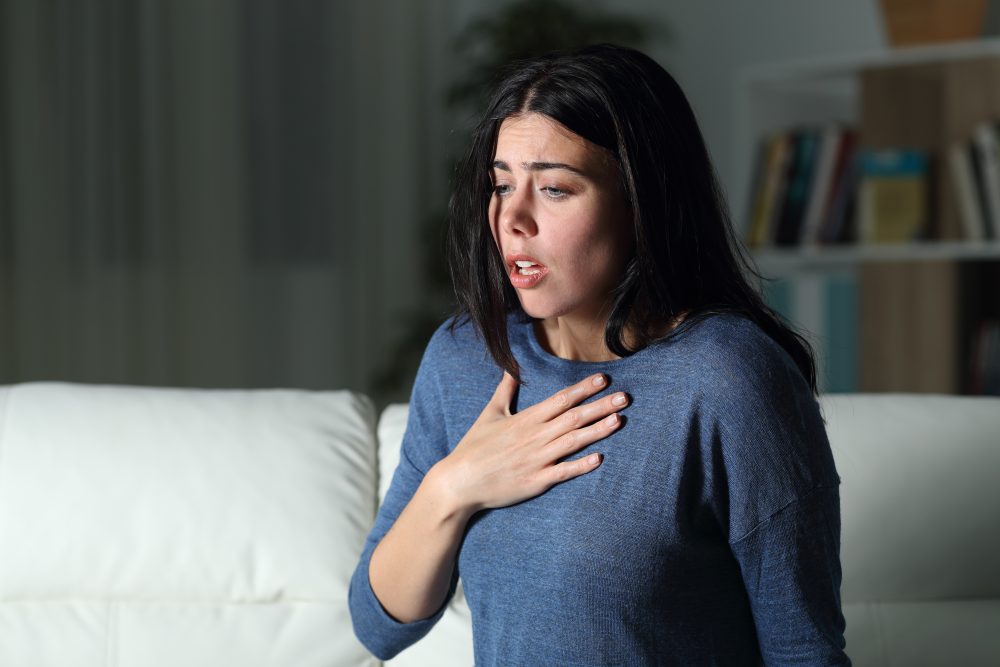The Five Things About Anxiety you Should Know
Just saying the word “anxiety” can cause you to feel anxious. Anxiety is a part of life, but there are ways to cope. For more information on helping individuals, couples, family, and group therapy in the Greater Dallas area contact us today!

- First thing: Anxiety can be uncomfortable, but isn’t always a negative thing. It helps a person stay alert and focused when they need to jump into action. Stress can also motivate a person to solve problems in their daily life. If anxiety remains a constant part of life, it can become overwhelming and then interfere with our healthy relationships and activities.
- Second thing: Anxiety comes in many forms and can present itself differently to different people. For some, it can be a sudden intense attack, which can strike without any warning. For another, fear can occur with just the thought of speaking at a public event. It does share one primary symptom, and that is a persistent or extreme fear or worry in situations that most people would not usually feel threatened.
- Third thing: Anxiety is linked to depression, as one often leads to the other over time. The reason anxiety and depression seem to be connected are that they both stem from the same biological factor.
- Fourth thing: Anxiety can cause emotional as well as physical symptoms to occur. The psychological symptoms can include restlessness, always expecting the worst to happen, difficulty focusing and maintaining concentration and even irrational irritability. The physical symptoms can include fatigue, insomnia, dizziness and even flu-like symptoms.
- Fifth thing: There are six main categories of anxiety disorders which include generalized anxiety, obsessive-compulsive (OCD), panic, phobia, PTSD and social anxiety disorder.
Conclusion
Cognitive Behavioral Therapy (CBT) has been proven to help deal with most aspects of anxiety disorders by incorporating various techniques. Methods most commonly used include controlled breathing, progressive muscle relaxation, visualization and imagery along with distraction techniques.
